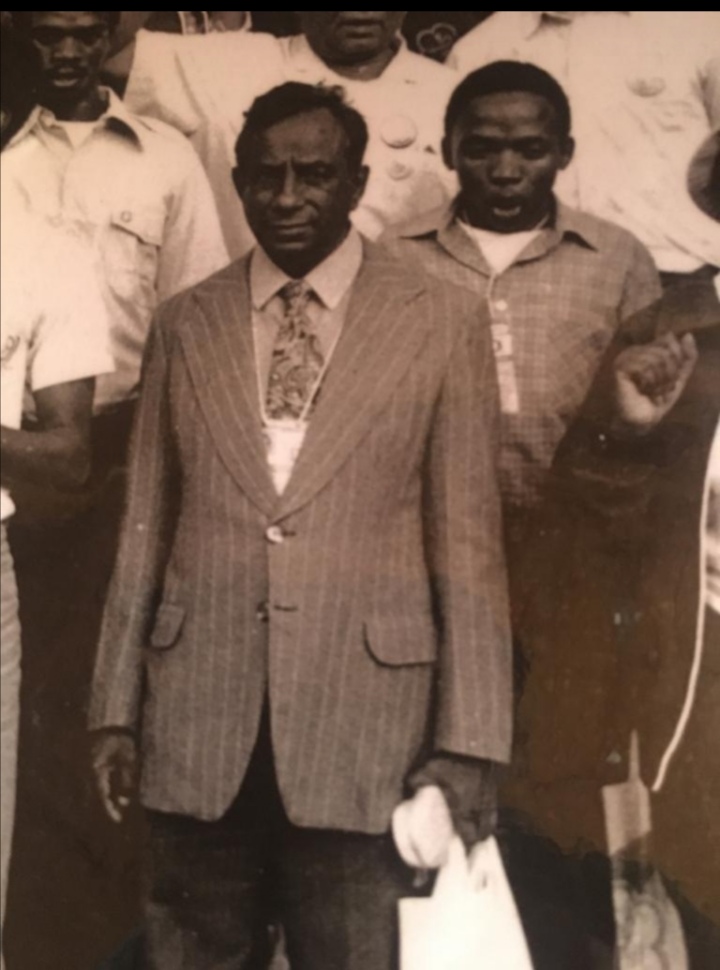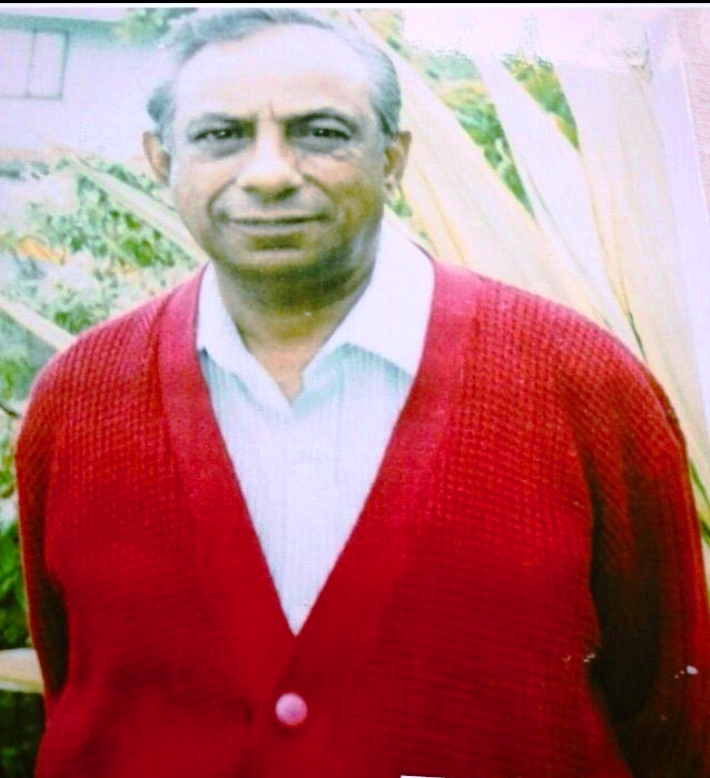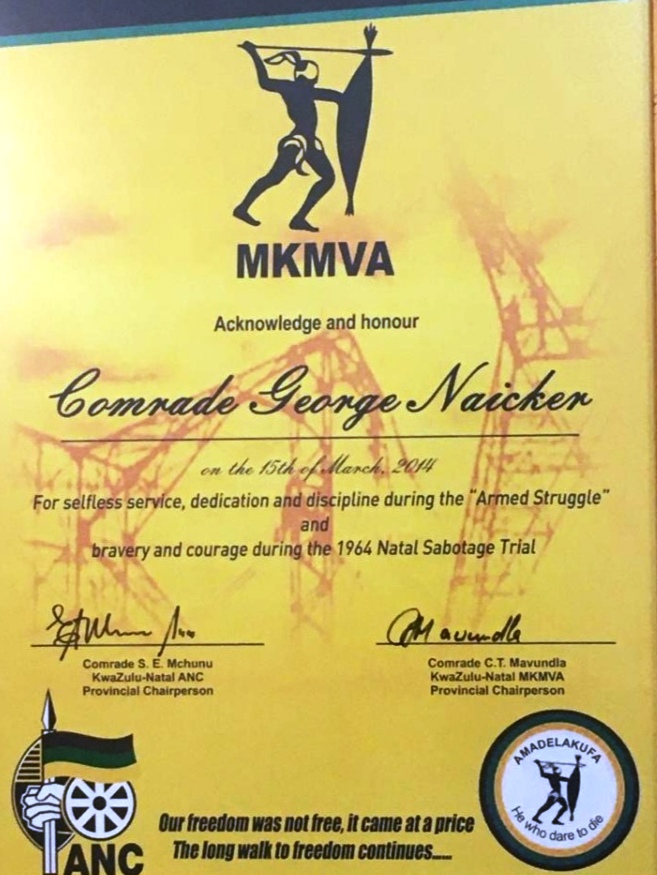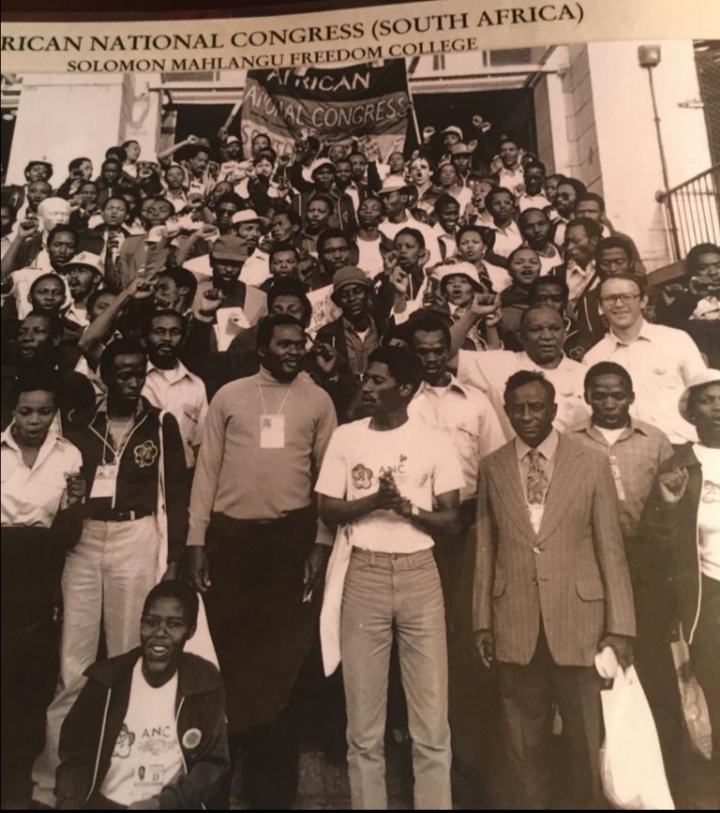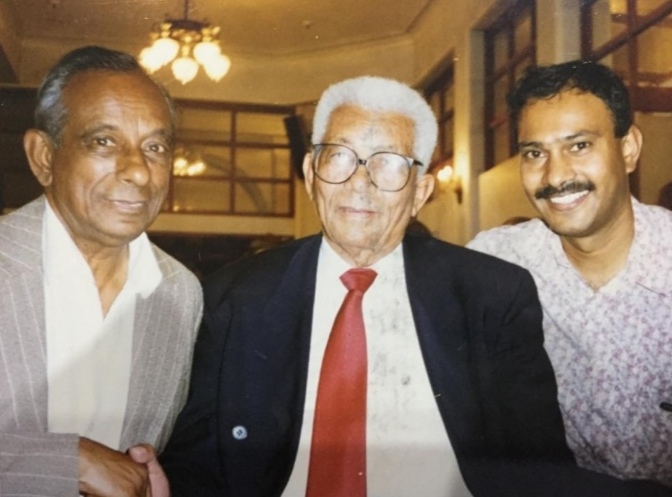Review of Kora: A lost Khoisan language of the early Cape and the Gariep (Unisa Press), by June Bam-Hutchison (Centre for African Studies, University of Cape Town)
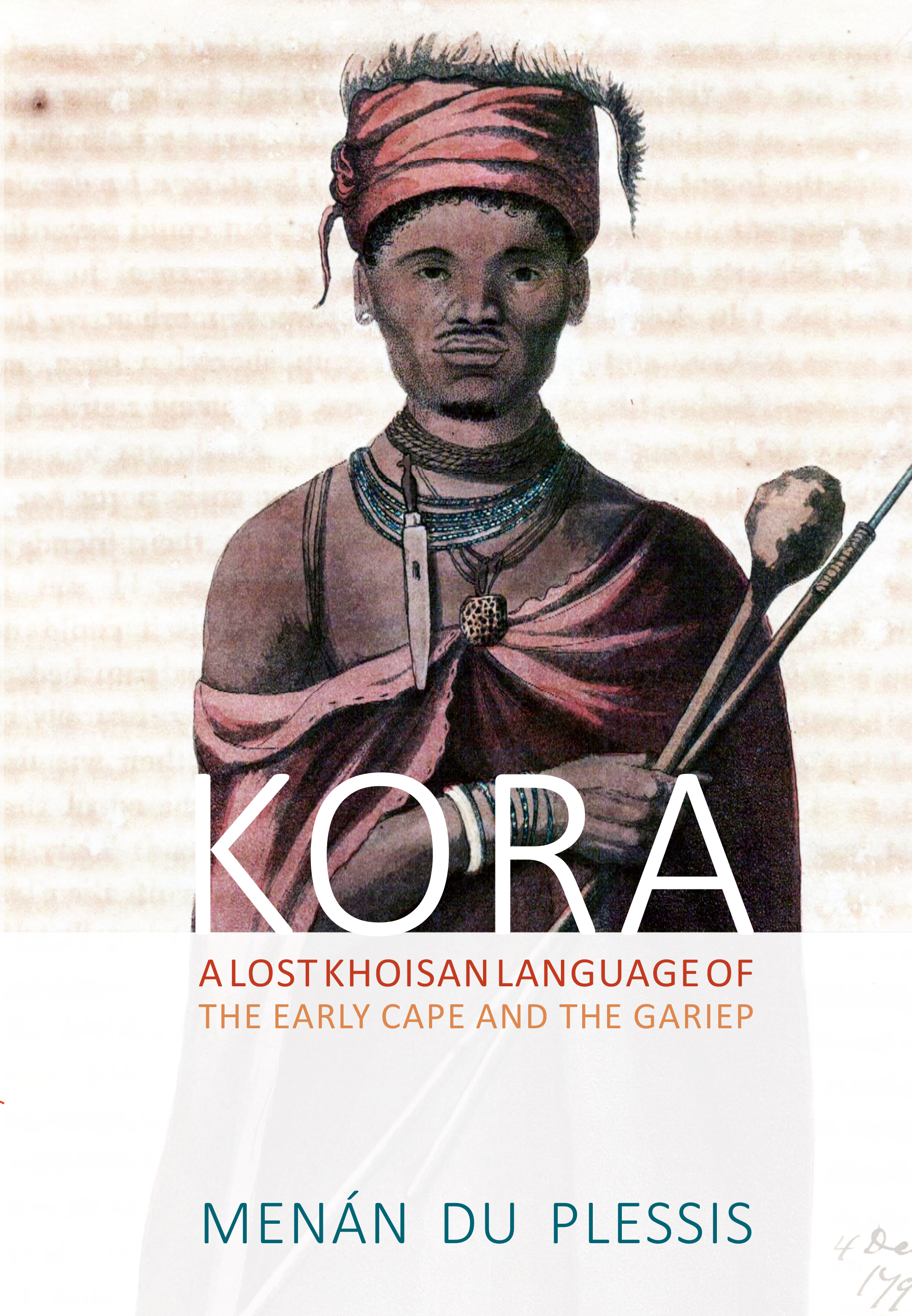
There have always been general assumptions that the KhoeSan people (‘Khoe’ is the correct spelling) are extinct and that their languages at the Cape died out with them. Another assumption is that they once spoke ‘Cape Khoe’ but that this language has also died out because it was last heard used in public in the Cape by Uithaalder in his protest against the introduction of a new vagrancy law against the KhoeSan in 1834 (Ross 2017).
Language
